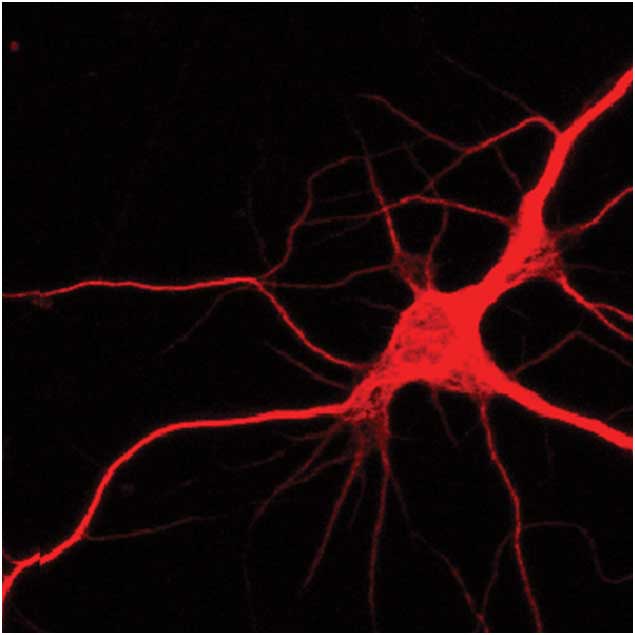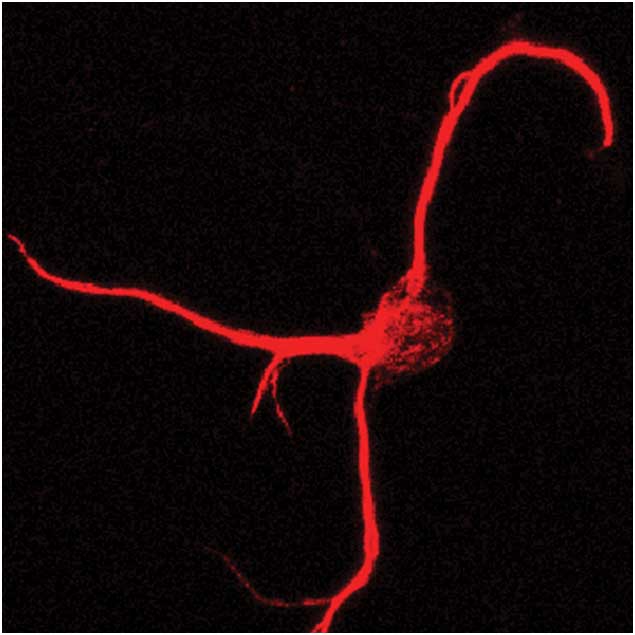Aging is particularly harsh on the hippocampus, the brain region responsible for learning and memory.
Now, researchers at UC San Francisco have identified a protein that's at the center of this decline.
They looked at how the genes and proteins in the hippocampus changed over time in mice and found just one protein that differed between old and young animals. It's called FTL1. Old mice had more FTL, as well as fewer connections between brain cells in the hippocampus and diminished cognitive abilities.
When the researchers artificially increased FTL1 levels in young mice, their brains and behavior began to resemble that of old mice. In experiments in petri dishes, nerve cells engineered to make lots of FTL1 grew simple one-armed neural wires, or neurites, rather than the branching neurites that normal cells create.
But when scientists reduced the amount of FTL1 in the hippocampus of the old mice, they regained their youth. They had more connections between nerve cells, and the mice did better on memory tests.
Artificial neurons grown in petri dishes will grow branching wires, or neurites, with several "arms." When these same neurons were engineered to produce a lot of FTL1 protein, their neurites became much simpler, rarely branching out.
Credit: Remesal et al., Nature Aging.


"It is truly a reversal of impairments," said Saul Villeda , PhD, associate director of the UCSF Bakar Aging Research Institute and senior author of the paper, which appears in Nature Aging on Aug. 19. "It's much more than merely delaying or preventing symptoms."
In old mice, FTL1 also slowed down metabolism in the cells of the hippocampus. But treating the cells with a compound that stimulates metabolism prevented these effects. Villeda is optimistic the work could lead to therapies that block the effects of FTL1 in the brain.
"We're seeing more opportunities to alleviate the worst consequences of old age," he said. "It's a hopeful time to be working on the biology of aging."
Authors: Other UCSF authors are Laura Remesal, PhD, Juliana Sucharov-Costa, Karishma J.B. Pratt, PhD, Gregor Bieri, PhD, Amber Philp, PhD, Mason Phan, Turan Aghayev, MD, PhD, Charles W. White III, PhD, Elizabeth G. Wheatley, PhD, Brandon R. Desousa, Isha H. Jian, Jason C. Maynard, PhD, and Alma L. Burlingame, PhD. For all authors see the paper.
Funding: This work was funded in part by the Simons Foundation, Bakar Family Foundation, National Science Foundation, Hillblom Foundation, Bakar Aging Research Institute, Marc and Lynne Benioff, and the National Institutes of Health (AG081038, AG067740, AG062357, P30 DK063720). For all funding see the paper.






